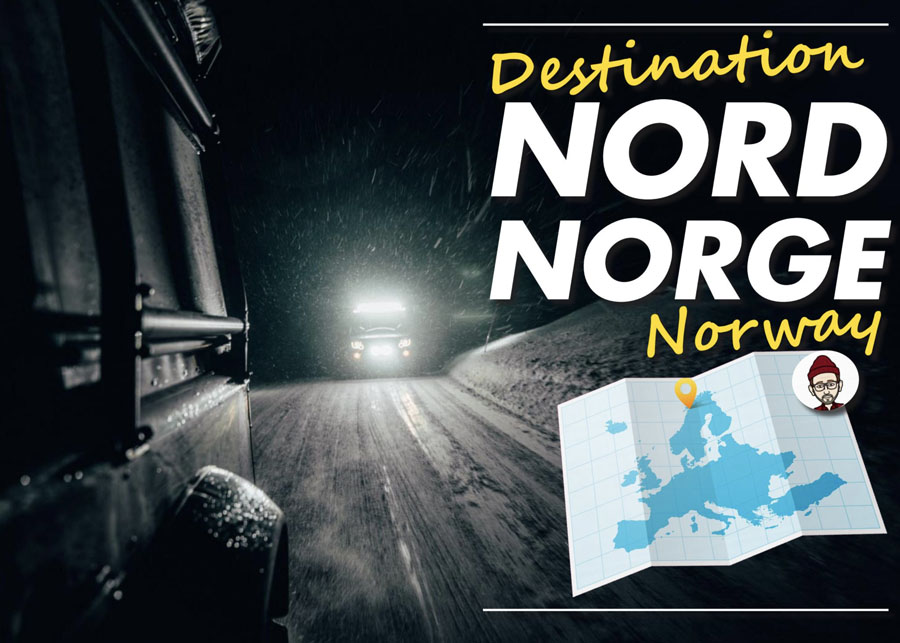 Living in the British Isles, Ireland and mainland Europe we often take for granted the variety of countries that we can reach in our 4WDs in a matter of days. With the appeal of overlanding throughout Europe getting more and more popular, we love hearing about individuals and groups who embark on adventures that are often just a ferry ride away. One of these adventures includes a trip with Compass Adventures in search of the Northern Lights in the spectacular north of Norway.
Living in the British Isles, Ireland and mainland Europe we often take for granted the variety of countries that we can reach in our 4WDs in a matter of days. With the appeal of overlanding throughout Europe getting more and more popular, we love hearing about individuals and groups who embark on adventures that are often just a ferry ride away. One of these adventures includes a trip with Compass Adventures in search of the Northern Lights in the spectacular north of Norway.
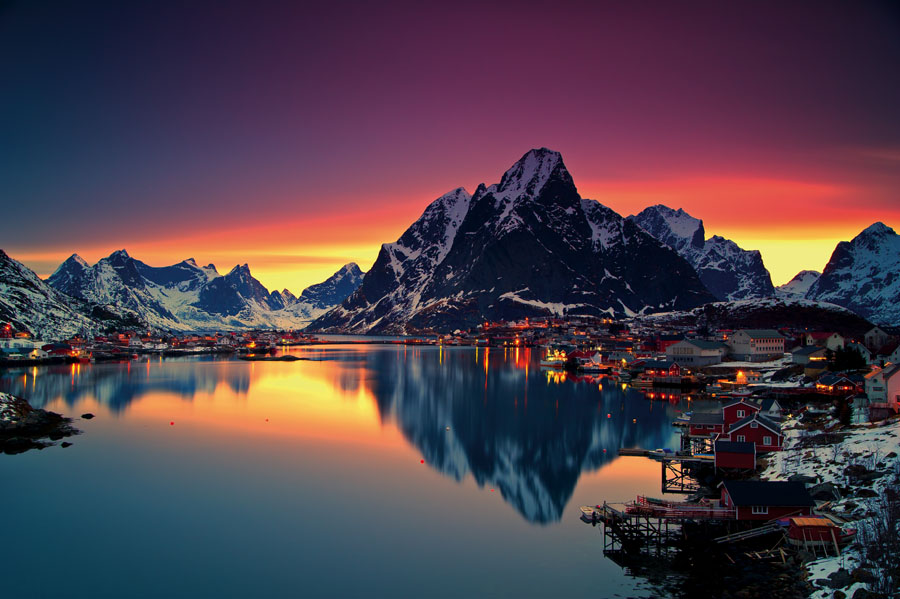
As a country, Norway has so much to offer when it comes to diverse landscapes. Located between latitudes 57° and 81° N, and longitudes 4° and 32° E. Much of the country is dominated by mountainous terrain, with a great variety of natural features caused by glaciers during the last ice age.
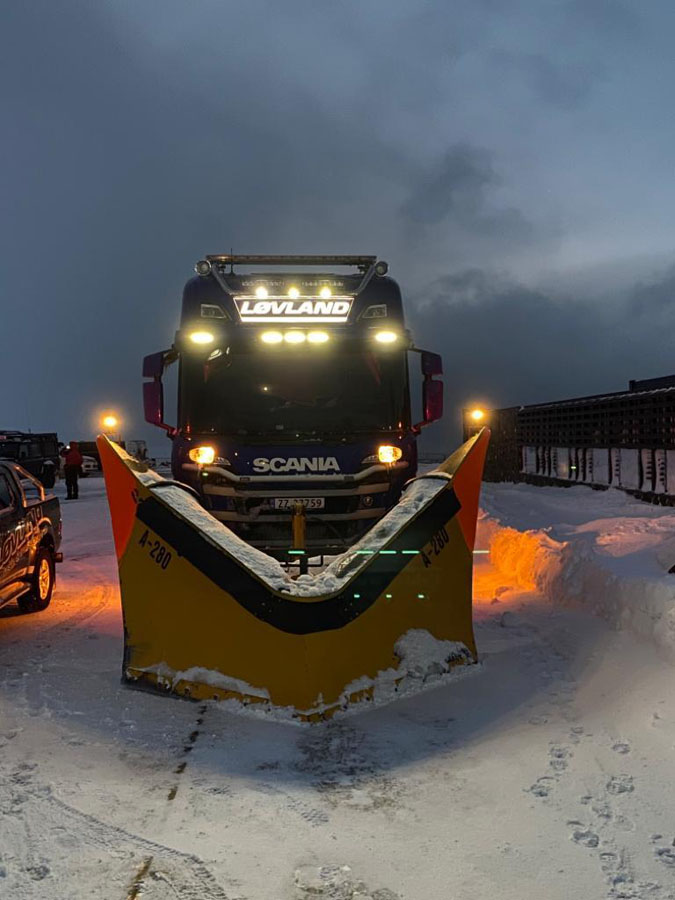
By Law you must follow the snow plough
The most noticeable of these are the fjords; deep grooves cut into the land flooded by the sea following the end of the Ice Age. The west coast of southern Norway and the coast of northern Norway present some of the most visually impressive coastal sceneries in the world with National Geographic naming the Norwegian fjords as the world’s top tourist attraction. With the Northern Lights visible in the North of the country there is plenty to see here.
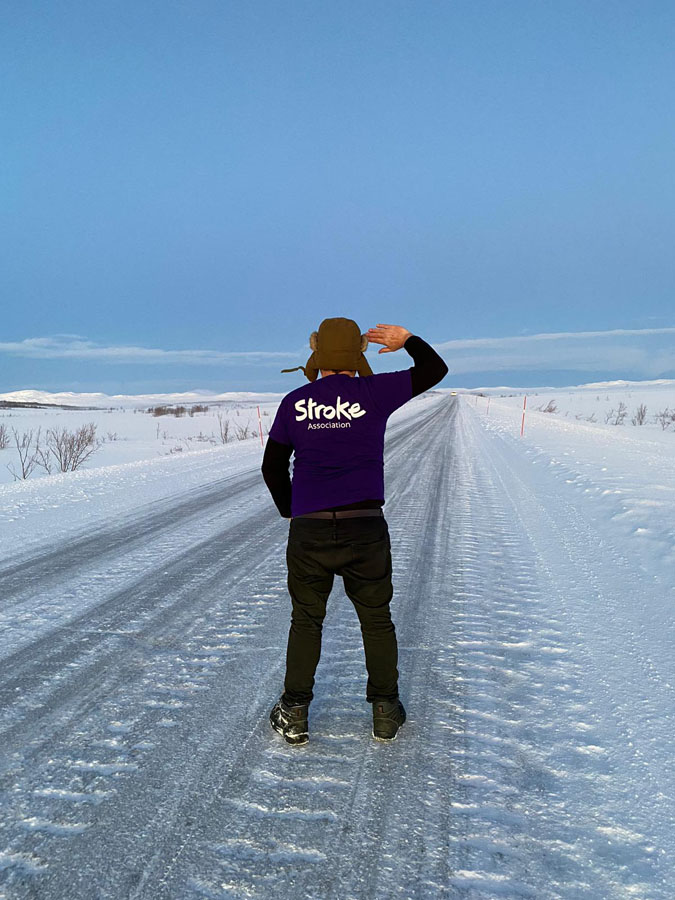
Ice, Ice and more Ice
Climate:
The southern and western parts of Norway are fully exposed to the Atlantic and as a result experience more precipitation but have milder winters in comparison to the eastern and far northern parts of the country. Because of Norway’s high latitude, you will experience long days. From late May to late July, the sun never completely descends beneath the horizon in areas north of the Arctic Circle (hence Norway’s description as the “Land of the Midnight Sun”).
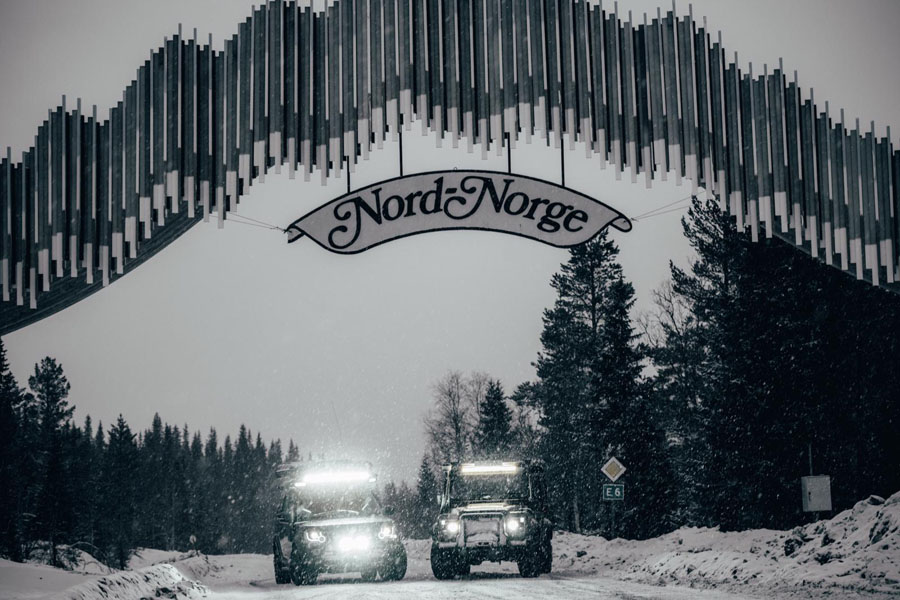
Sucessfully reaching the North of Norway
Animals:
The largest predator in Norwegian waters is the sperm whale and the largest fish is the basking shark. The largest predator further north, on land is the polar bear but also brown bears live on the Norwegian mainland. The largest land animal on the mainland is the elk, similar to the Moose found in North America.
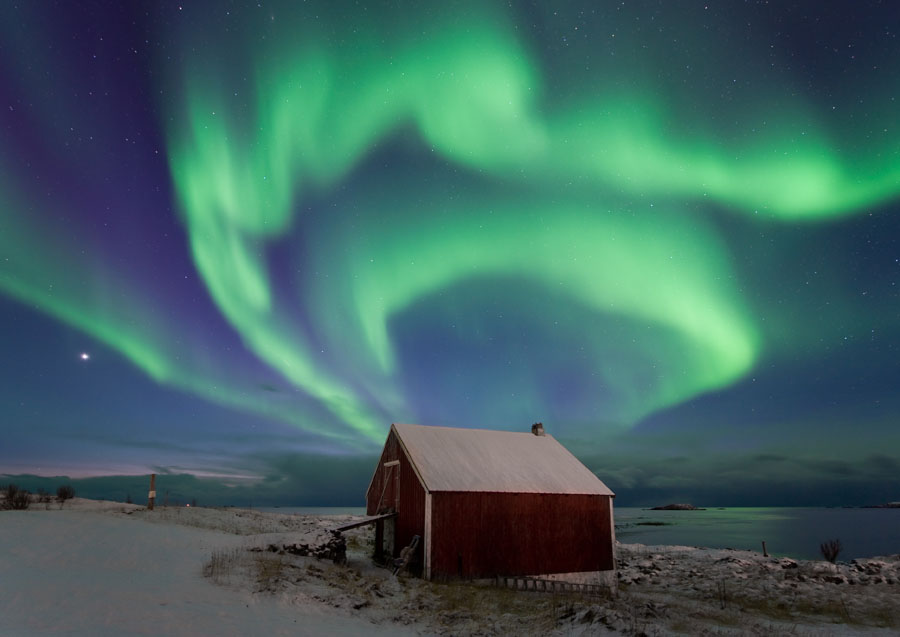
Wild Camping in Norway
Norway has excellent laws when it comes to wild camping, having one of the most liberal public-access laws in Europe, allowing you to wild camp without any worries for a couple of days on uncultivated land. Wild camping in Norway is enshrined in the Allemannsretten which is basically every man or woman’s right of public access.
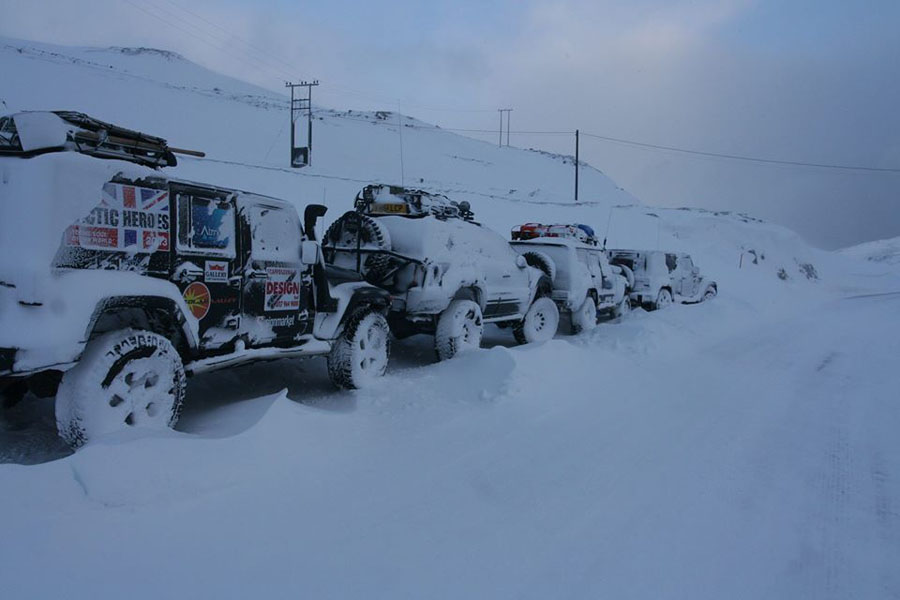
The temperature can drop as low as a very cold -30
With all of these positive things going for it, what is it really like to tour, camp and explore in your 4WD in Norway during the winter months?
Exploring with Compass Adventures
We recently caught up with Rob Seaborn from Compass Adventures who had just returned from a trip to Nordkapp in a convoy of eight vehicles, all in search of a glimpse of the Northern lights. Compass Adventures are based in South Yorkshire in the UK and have gained a very positive reputation as a touring company which takes clients to iconic places in Europe and around the UK. But it’s their annual trip to the Nordkapp in the North of Norway to chase down the spectacular Aurora Borealis “ Northern Lights” that’s definitely one of their highlights.
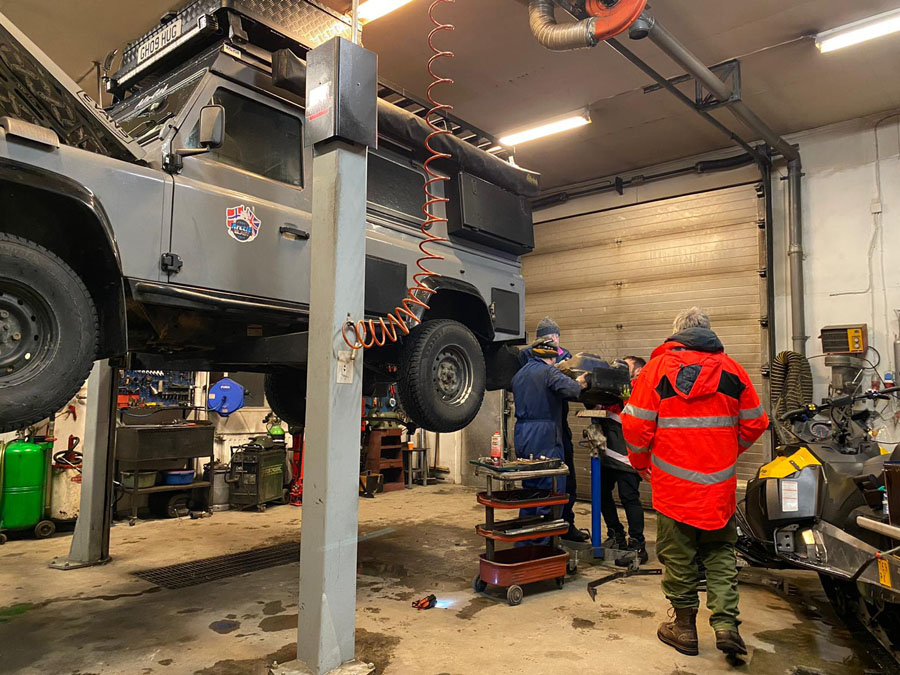
One of the two breakdowns on the trip, no Land Rover jokes please!
Rob, a seasoned tourer who has tackled some of the world’s most challenging tracks in both the Northern and Southern Hemisphere told us that he ran his first Arctic Norway trip back in 2008 and has returned every year since, leading enthusiastic groups who are willing to take on this challenge of a lifetime. After tackling this trip over ten times, Compass Adventures have gained expert knowledge on cold weather exploration and Arctic camping which helps when exploring this part of the world in extreme conditions. The journey from the UK covers approximately 4,500 miles or 7,200 km which takes in some spectacular scenery along the way. The route to Norway incorporates travelling to Denmark, Holland, Germany, Sweden and then on to Norway.
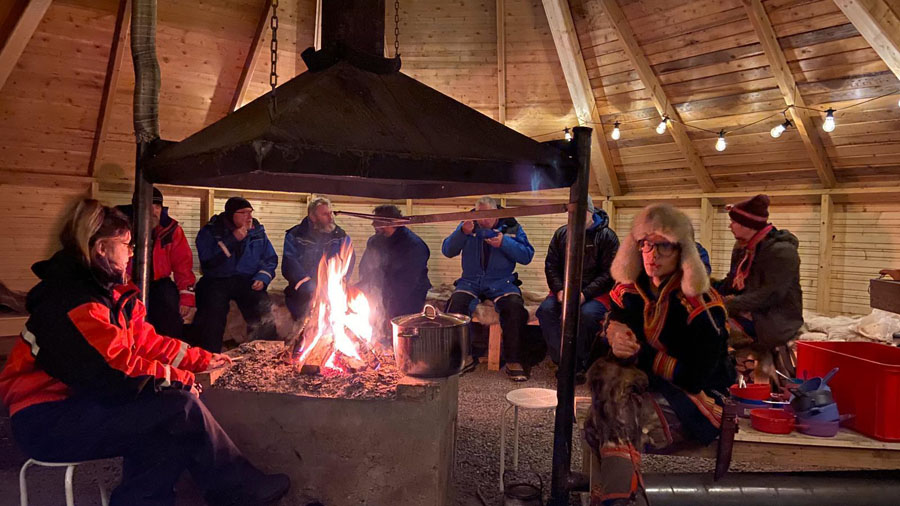
Resting after another long day’s driving
On this recent trip, Rob once again would be taking the lead in his reliable 2005 Land Cruiser, Troopy. A total of eight vehicles would be making this annual journey and that included two Puma Defenders, a Hylux, a couple of Land Rover Discos and a 4×4 Mercedes Military converted ambulance.
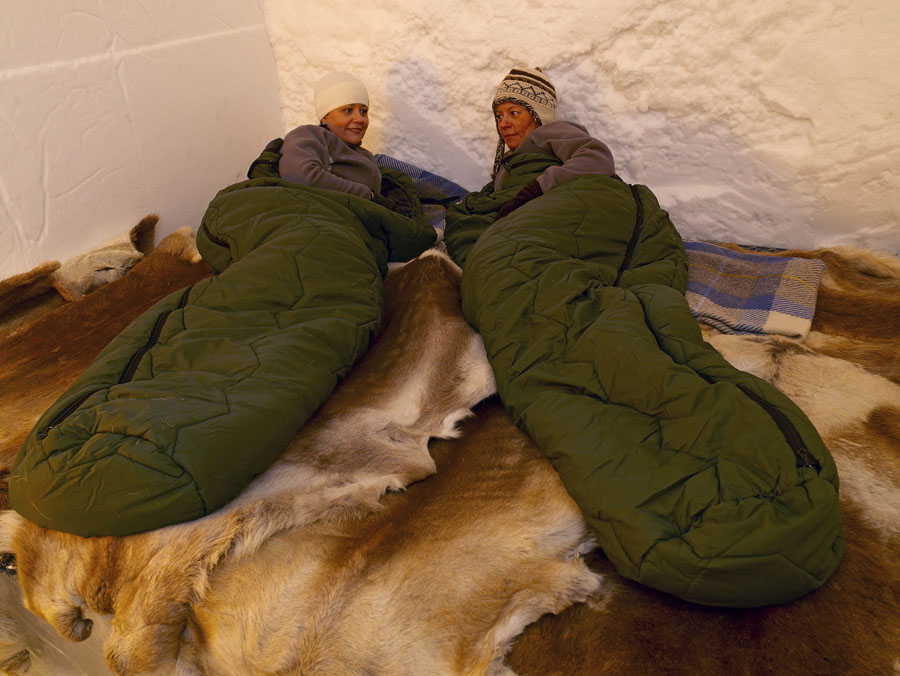
This trip takes seventeen days in total with some long days of driving. Prior to departure Rob insists that all the vehicles are well equipped for the journey. For a start good winter tyres are required and a recommended modification prior to departure is the installation of an engine preheater such as Webatso. It’s important to note that the temperatures can drop to -30, so all vehicles should also carry snow chains amongst other things. Rob said ‘’that due to the nature of the environment and the extreme cold, your winter driving skills will be put to the test on this adventure, for sure’’.
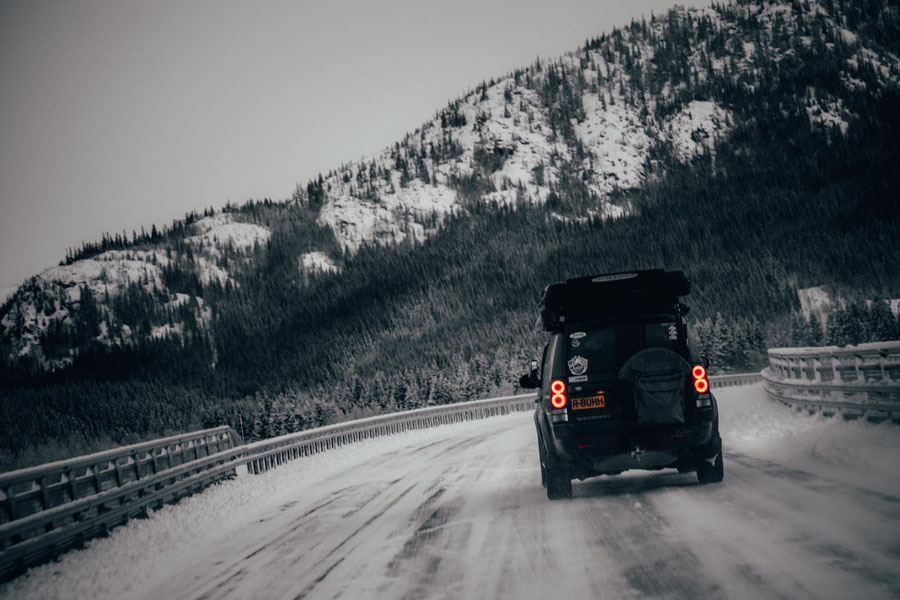
Heading North
So, if you do not like winter driving this expedition is not for you. The accommodation en route is a mixture of motels, log cabins and camping for those hard-core adventurers. It’s also important to note that when you get to Nordkapp in December and January you will pretty much have twenty four hours of darkness, on the plus side the experience of seeing the Northern Lights is well worth the lack of sunshine.

The Axe Factory in Sweden
Rob told us that all of the vehicles on this recent trip made it there and back safely in what was another epic journey – despite two of the Land Rovers breaking down along the way. One of the breakdowns was sorted by a very helpful Finnish mechanic who pretty much opened up his workshop in the middle of the night to accommodate the guys and thankfully diagnosed it was nothing too serious.
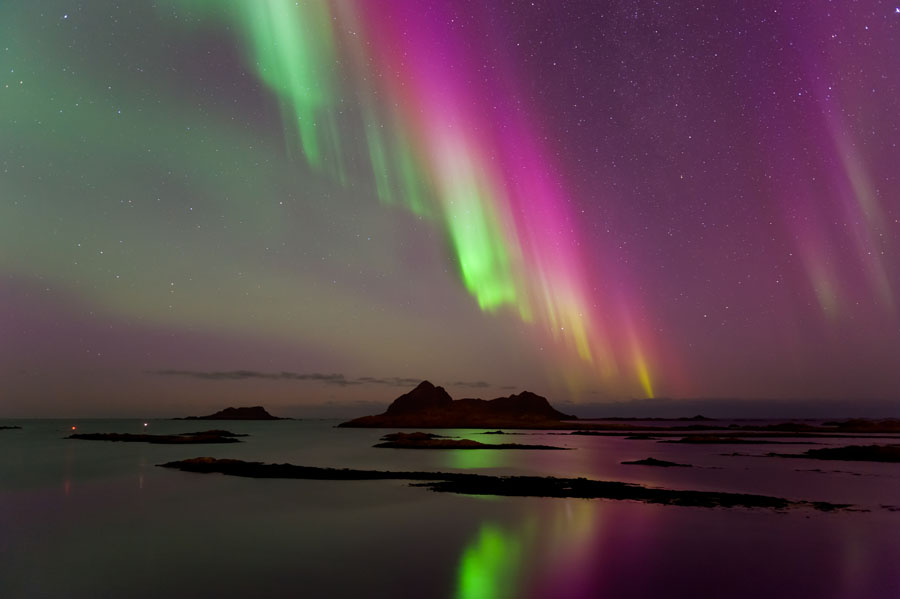
The Northern Lights are an amazing spectacle
Rob told us that this trip incorporates visiting and experiencing different cultures along the way. Other sample activities include staying at the world famous Ice Hotel, visiting an amazing hand made axe factory in Sweden, crossing the Øresund Bridge which is the longest combined road and rail bridge in Europe, experiencing some incredible winter scenery and to top it off a glimpse of the Northern Lights which has to be one of the highlights of the trip.
The Aurora Zone
The Aurora (Northern Lights) are most frequently visible in Northern Scandinavia in a band that stretches between 66°N and 69°N, which is simply called the Aurora Zone. The Aurora is a fascinating natural lightshow that originates some 150,000.000 kms away or (93,000,000 miles) on the surface of the sun.
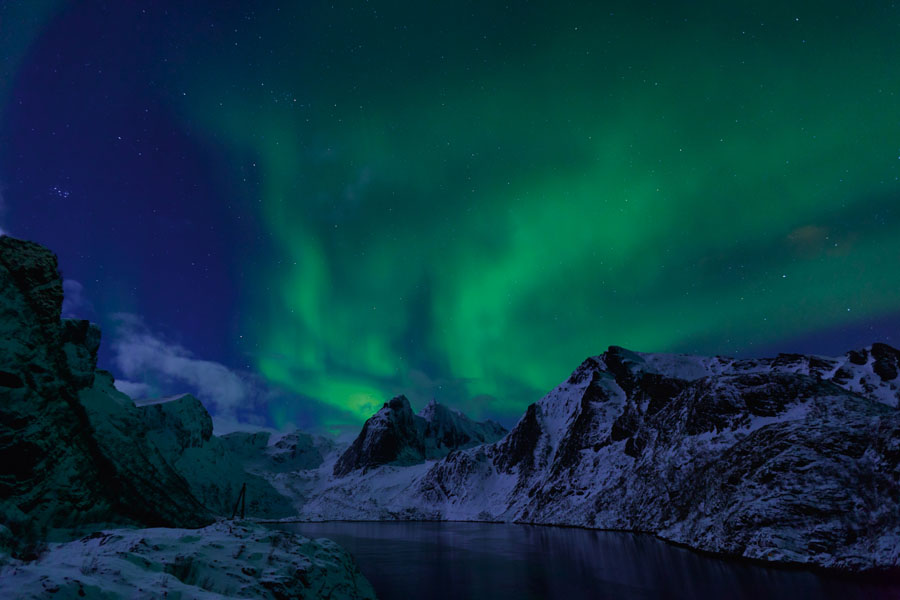
This phenomenon that begins on the sun is caused by an explosion of electromagnetic matter called a Coronal Mass Ejection (CME). This Coronal Mass Ejection sends a stream of electronically charged solar particles known as Solar Wind into space and these particles when they comclose to Earth create the mesmerizing Northern Lights. It is interesting to note that you can also see the Northern Lights in Finland, Sweden, Iceland, Greenland and Canada.
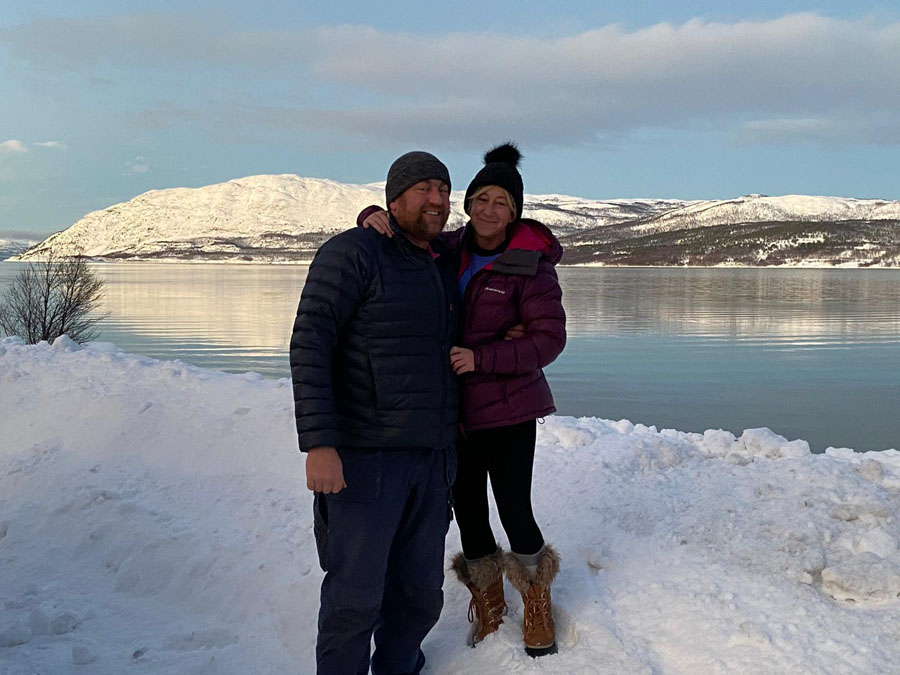
A Trip of a Lifetime
Having spoken to Rob a couple of times, you can quickly sense his passion for ensuring that his clients experience a trip of a lifetime, and that coupled with his 4WD winter touring experience, Compass Adventures certainly tick all the boxes when it comes to leading a 4WD adventure. So, if one of the things on your bucket list is to explore Norway in your 4WD and see the Northern Lights in their full glory you can contact Rob and his team for more details on this epic adventure.
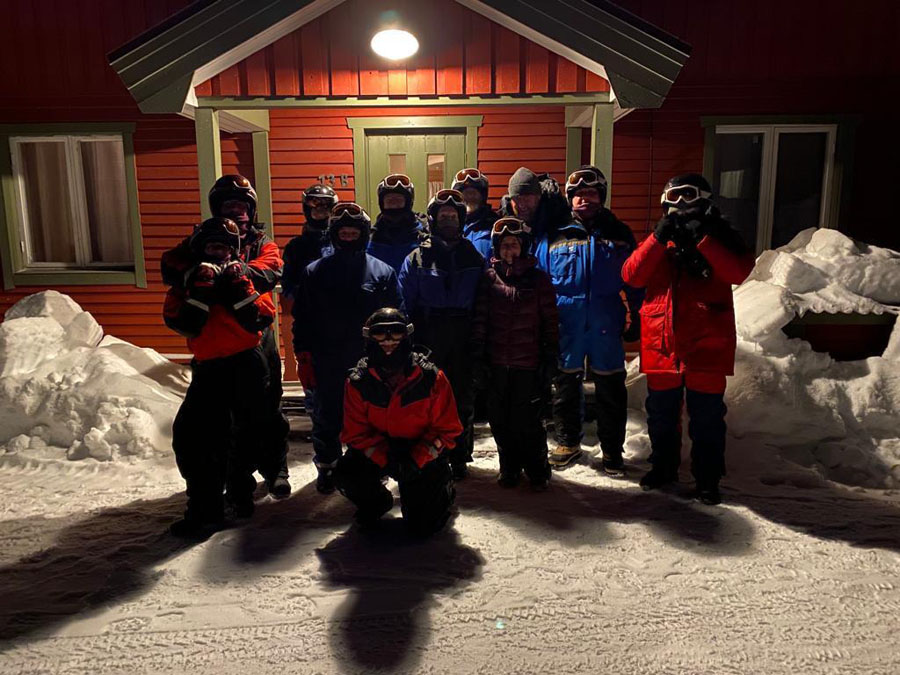
Accommodation is a mixture of hotels, cabins and camping
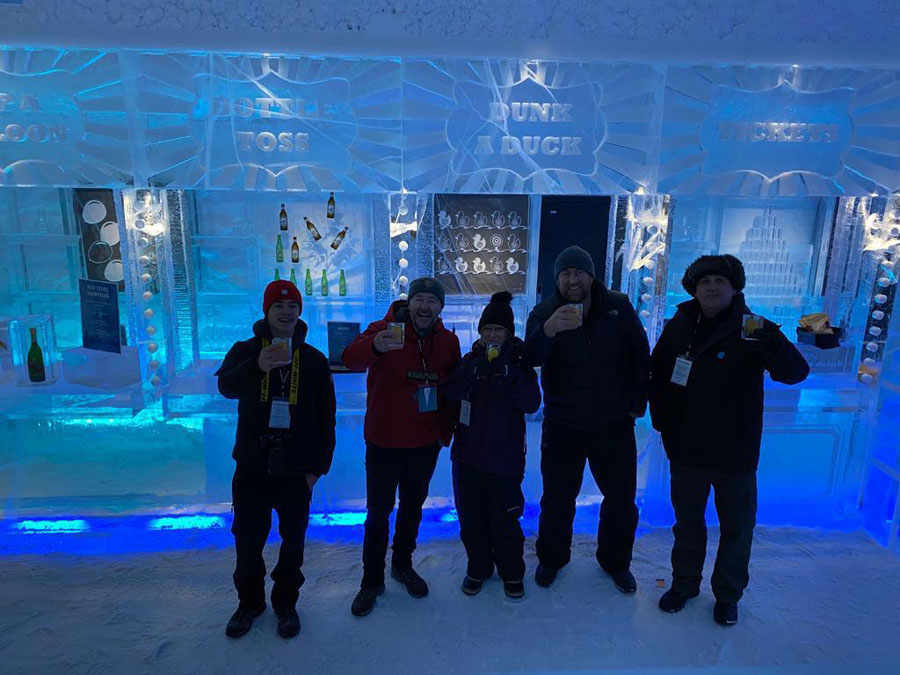
The world famous Ice Hotel
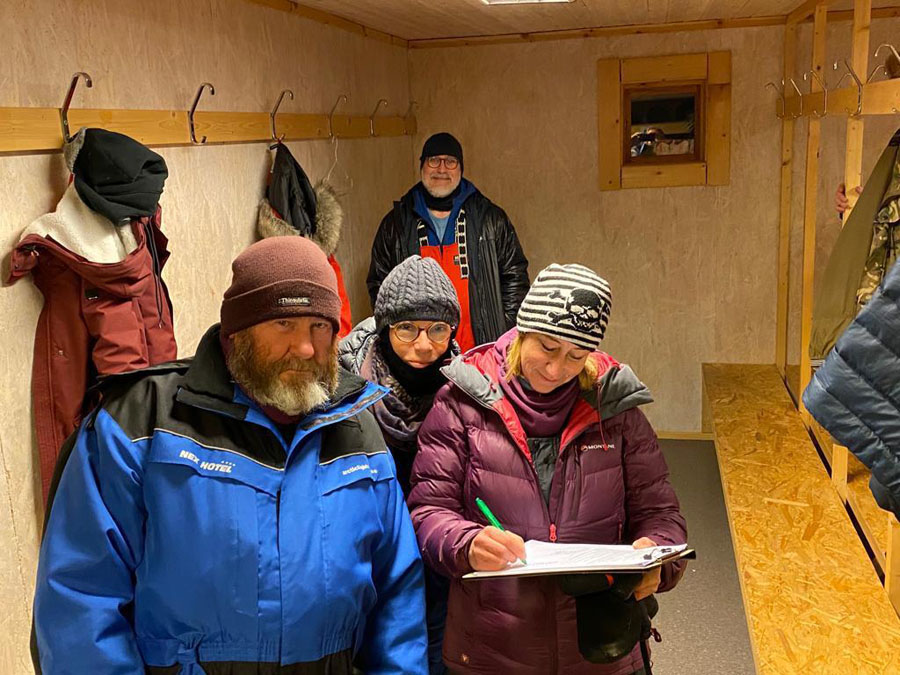
Another Day Done..
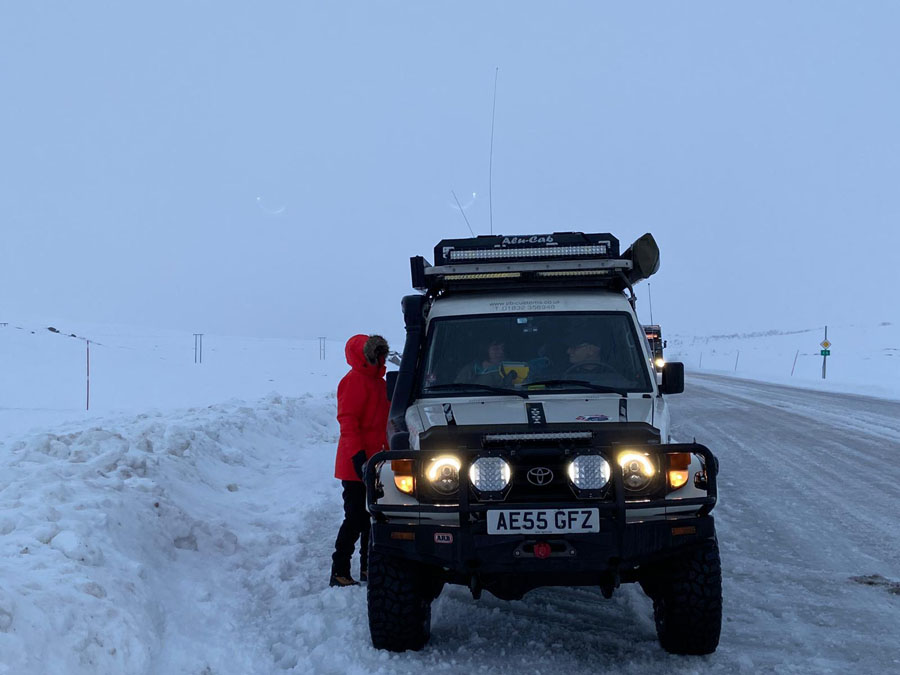
Robs much loved and well-travelled Troopy
Convoy Driving
The road to Nordkapp is open to traffic throughout the year, but in winter it is operated by convoy driving. Basically, what this means is that all vehicles have to join a convoy to reach Nordkapp. Meeting point for the convoy is by the Skarsvåg junction, 13 km from Nordkapp.
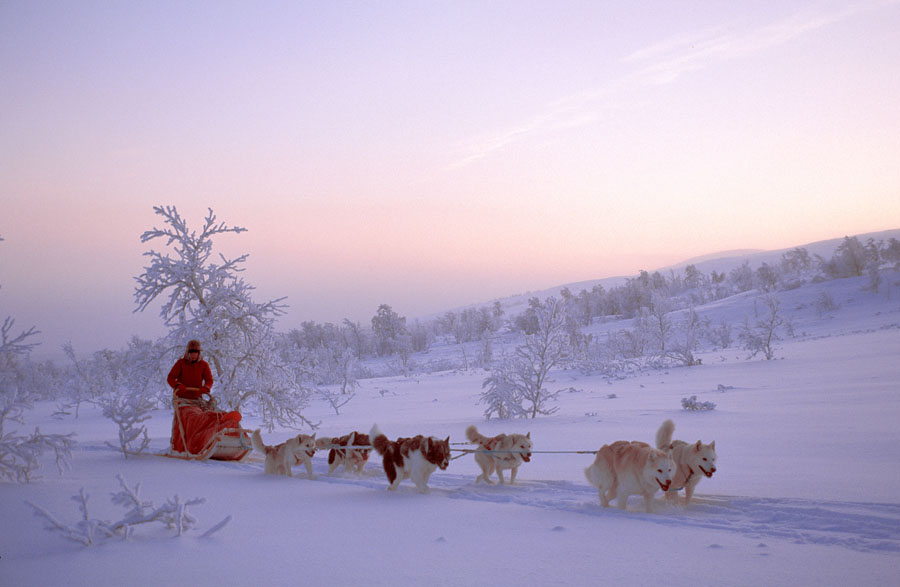
In a convoy normally the snow plough drives in front of a convoy of cars. The Driver of the plough is in charge of the convoy and may refuse vehicles to follow if they are not properly equipped for the tour. The general rule is that there should be no more people in the convoy than what the rescuers can save.
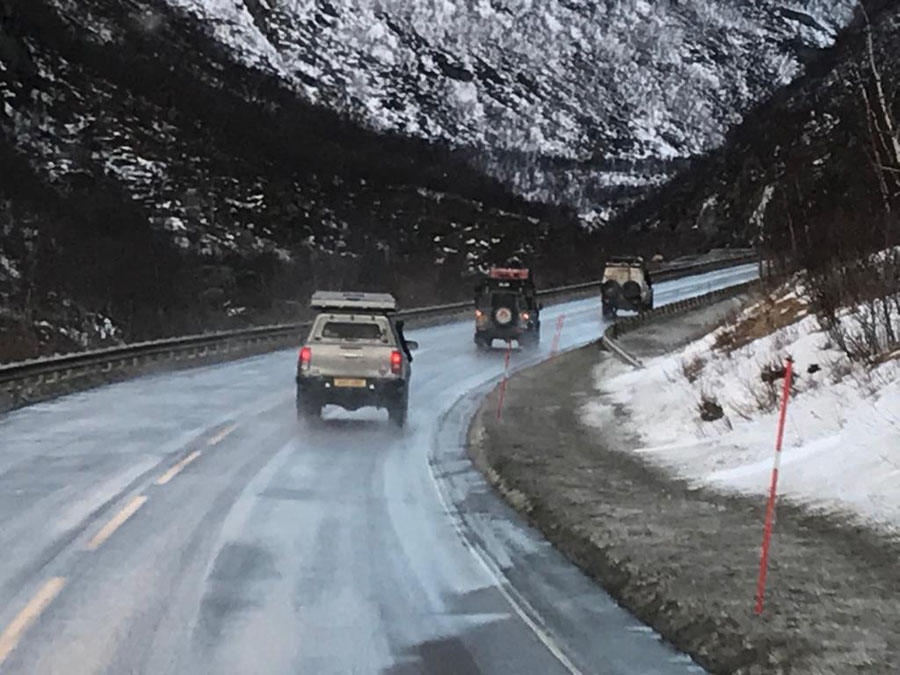
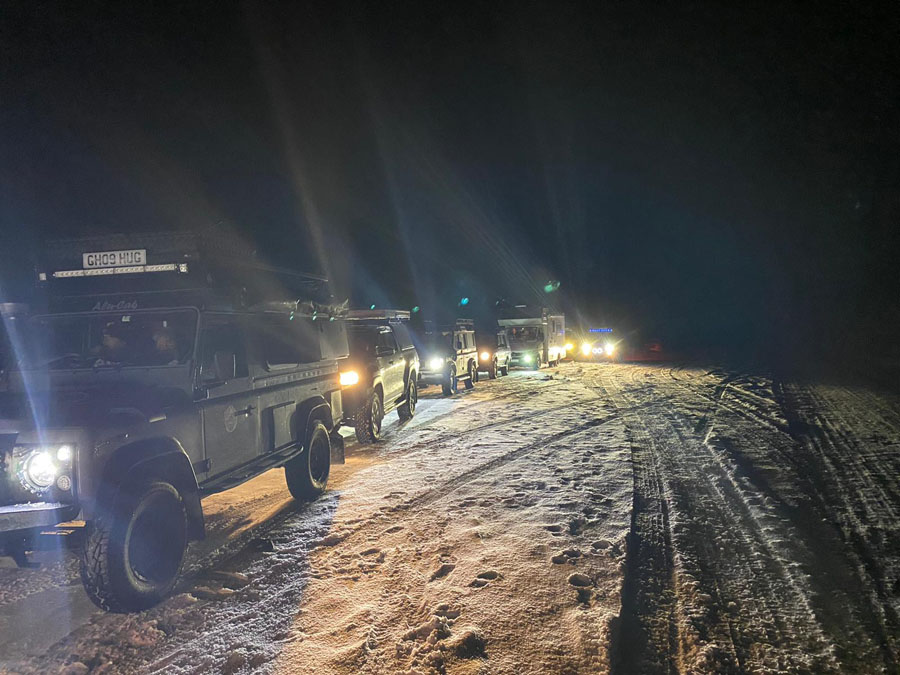
WINTER CLOTHING
It is important to dress properly in winter in Norway. To make your stay at Nordkapp as comfortable as possible, it is recommend that you dress for the conditions. Bring warm and comfortable clothing.
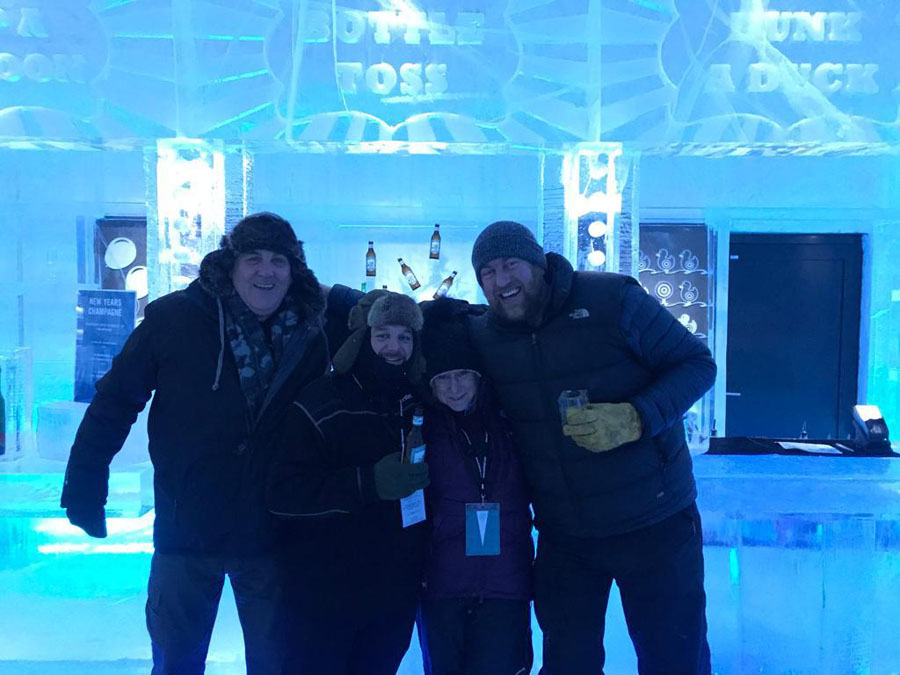
The use of wool or similar quality is recommended. Wear several layers of clothing to easily regulate the temperature by removing or adding layers. It is recommended that outerwear is lined and windproof. If you intend to stay outside for extended periods of time, the following are also recommended: Winter shoes, gloves or mittens, hats, winter jacket and trousers that are windproof, woollen socks, long underwear and a thick sweater, preferably of wool or similar quality.

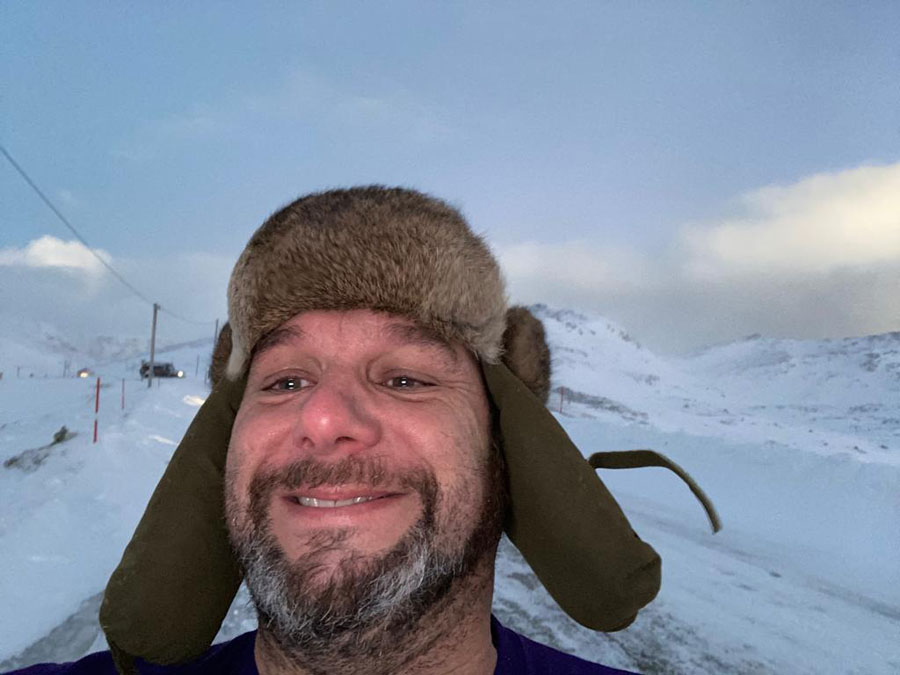

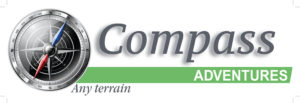
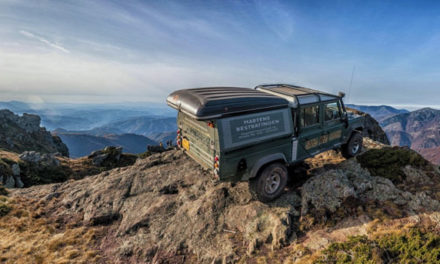
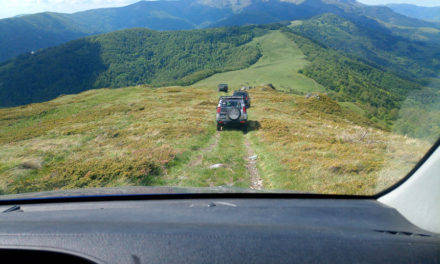
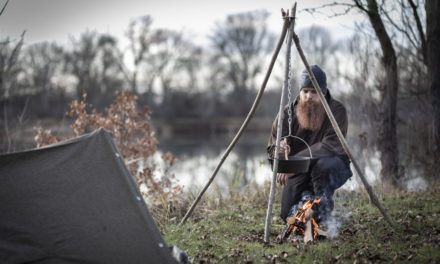
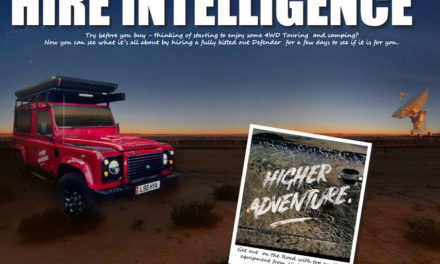
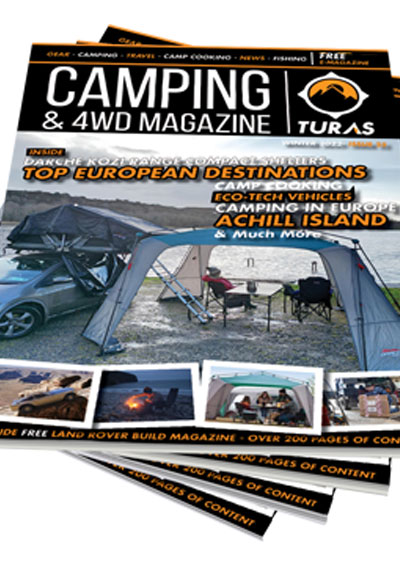

Recent Comments